You can, of course, have the Kuga with mild hybrid petrols or a four-wheel drive, full hybrid powertrain, but we’re focussing here on the Kuga PHEV with its 14kWh battery and electric range of up to 42 miles.
When that electric running is used up, there’s a 2.5-litre, four-cylinder petrol engine to keep you going.
Styling and dimensions
The new 2024 Ford Kuga comes in at 4,604mm long, 1,882mm wide and 1,679mm high, which puts it up against rivals like the Hyundai Tucson, Kia Sportage and Nissan Qashqai.
While the styling changes for this facelift are fairly modest, it’s still easy to see that the Kuga has become more streamlined and fresh-looking; still the same old friend, but it’s had a bit of a nip-and-tuck, and a wardrobe update. The most eye-catching aspect of the new design is the full-width light bar that now frames the grille.
So, while it’s not an attention-seeking style of SUV, it does look up to date and modern, and that more unassuming presence may be precisely what a lot of people are after.
Interior
The big news here is that there’s a new SYNC 4 Infotainment touchscreen, which is said to offer twice the computing power of the system in the previous Kuga. Nope, we don't really know what that means, either, but basically it'll make the 13.2-inch touchscreen that's sat on top of the dash much quicker to respond. Naturally, there's also wireless Apple CarPlay and Android Auto, as well as a 5G Modem for really fast on-the-go internet streaming. Over-the-air software updates also mean that the system will keep getting improved automatically over the years – and without you having to take it to the dealership so that someone can plug it into a laptop.
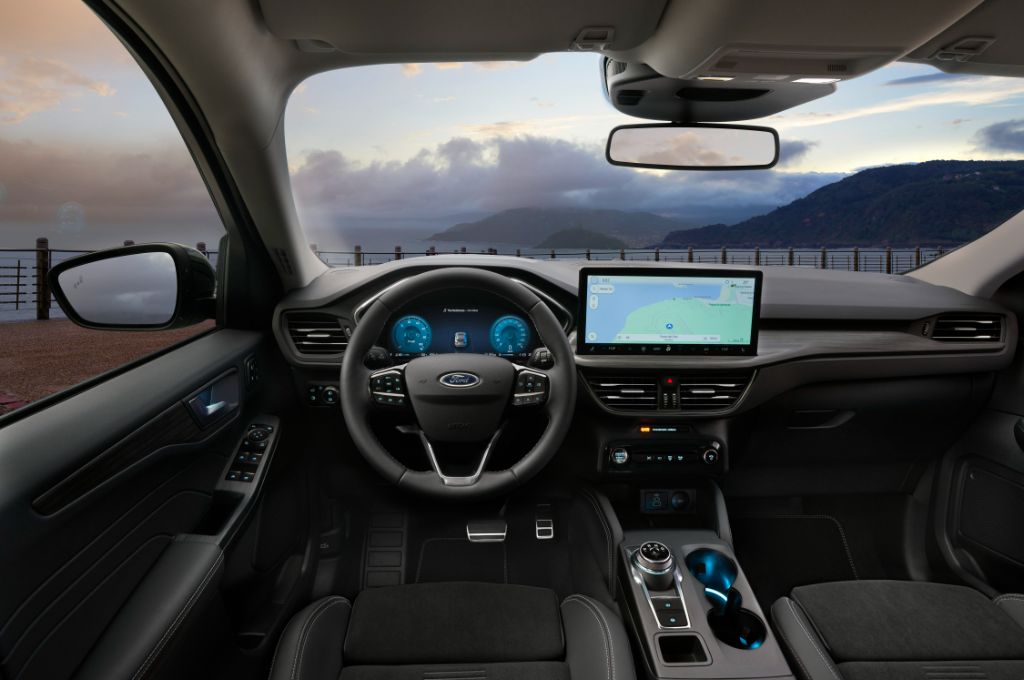
That’s the big news, as the rest of the Kuga didn’t really need to be changed. You still get a refreshingly simple yet classy-feeling dash, and roomy rear seats that slide- and recline so that you can have up to 1.0-metre of rear legroom, or you can slide them forward to free up an additional 150-litres of boot space. Speaking of which…
Boot space
The Kuga doesn’t have the biggest boot in the PHEV family SUV class; check out the Hyundai Tucson for that. Having said that, the Kuga has a really big, 581-litre boot that’s usefully better than you’ll get in the Peugeot 3008, and it’ll easily swallow a chunky double buggy or a couple of Labradors.
Battery, charging and economy
A 14.4kWh lithium-ion battery pack gives the new Ford Kuga a 42-mile WLTP range, while we’d expect to see around 32- to 40 miles in real world use, depending on conditions.
When you need to recharge, a 3.6kW on board charger means that you can get a full top-up in around four hours, while a standard domestic three-pin socket will fully charge the Kuga PHEV in under seven hours.
When you’ve exhausted your pure electric range, there’s a 2.5-litre petrol engine to keep you going, and it’s remarkably efficient, too. We did a range test in the pre-facelift Kuga (which uses the same powertrain) and saw 55mpg over a varied city, motorway and b-road route – despite having completely used up the pure electric running before doing the test. That’s usefully better than the circa 35-40mpg that we’ve generally seen in most comparable PHEVs when the battery has run out of charge.
Of course, the electric motor still cuts in at slower speeds and helps with efficiency even when it hasn’t got enough charge to deliver any more solely electric miles. Regardless, our real world experience suggests that the Kuga PHEV is one of the most efficient plug-in hybrid family cars in everyday use.
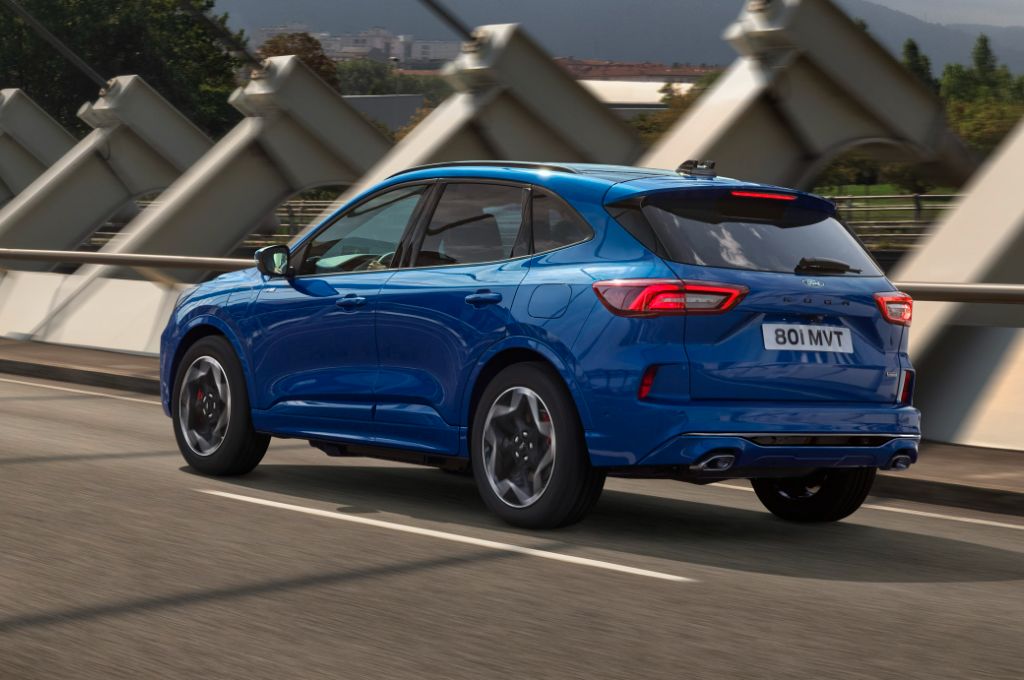
Price and equipment
The new Ford Kuga PHEV is really well priced, and undercuts a lot of its rivals on list price – but it’s the tempting finance deals that will sway it for a lot of buyers. Similarly, the low CO2 figures of 23g/km puts it in a very affordable company car (Benefit in Kind) tax band, making it very affordable for employees and employers alike.
The new trim levels include ST-Line, Active and Active X, with the Active models including new off-road settings for mud or sand surfaces, as well as some rugged styling cues. A new adaptive cruise control system now gets more advanced semi-autonomous features, including the ability to automatically respond to corners and junctions by reading information from the sat-nav. Other highlights include fully adaptive ‘Dynamic Pixel’ LED headlights.
Verdict
The Kuga was already a smart, no-nonsense, good-value plug-in hybrid, and the updates have addressed the main issues. So, is it now the best of the PHEV family SUVs? We'll have to get behind the wheel to find out, but thankfully it's kept that honest appeal and decent pricing, so it certainly seems set to remain a hot favourite.






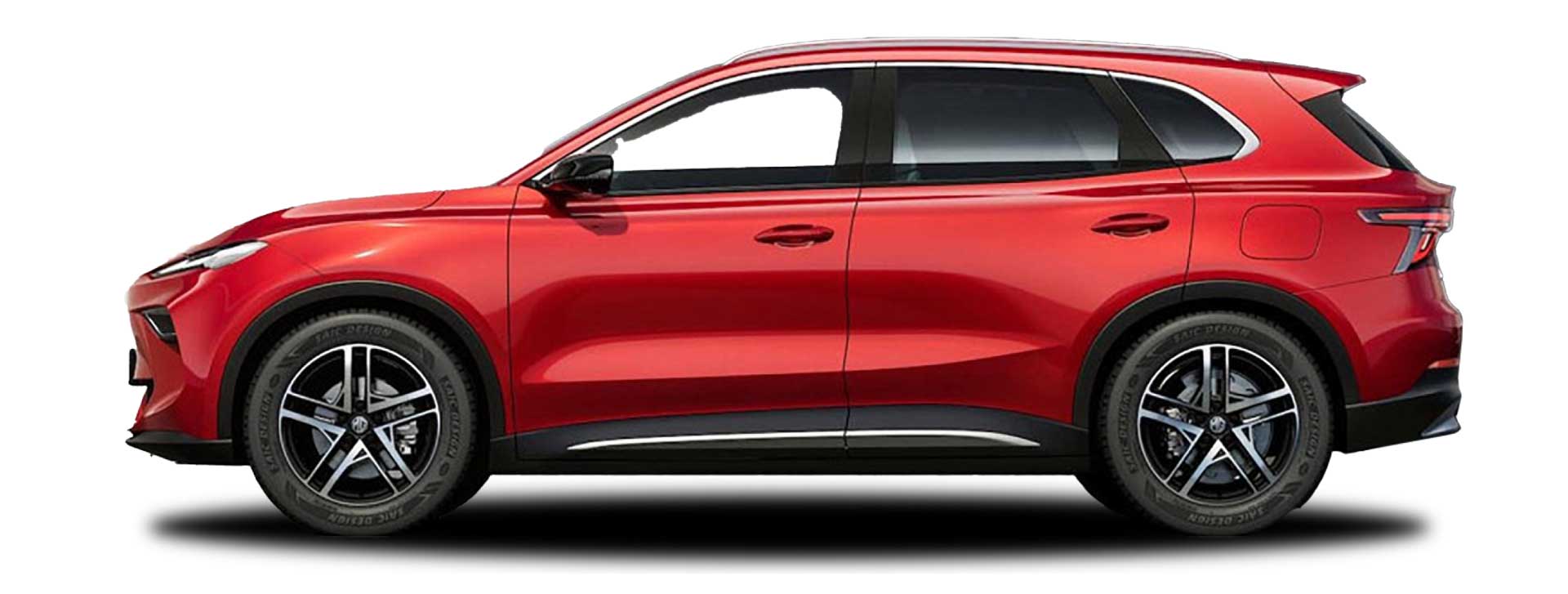





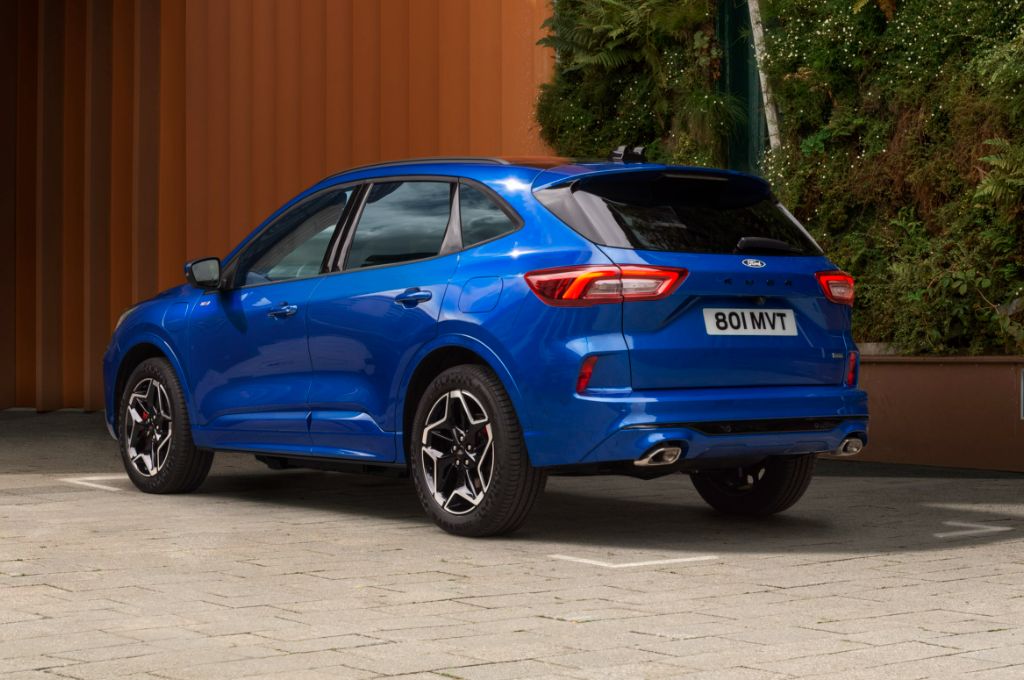


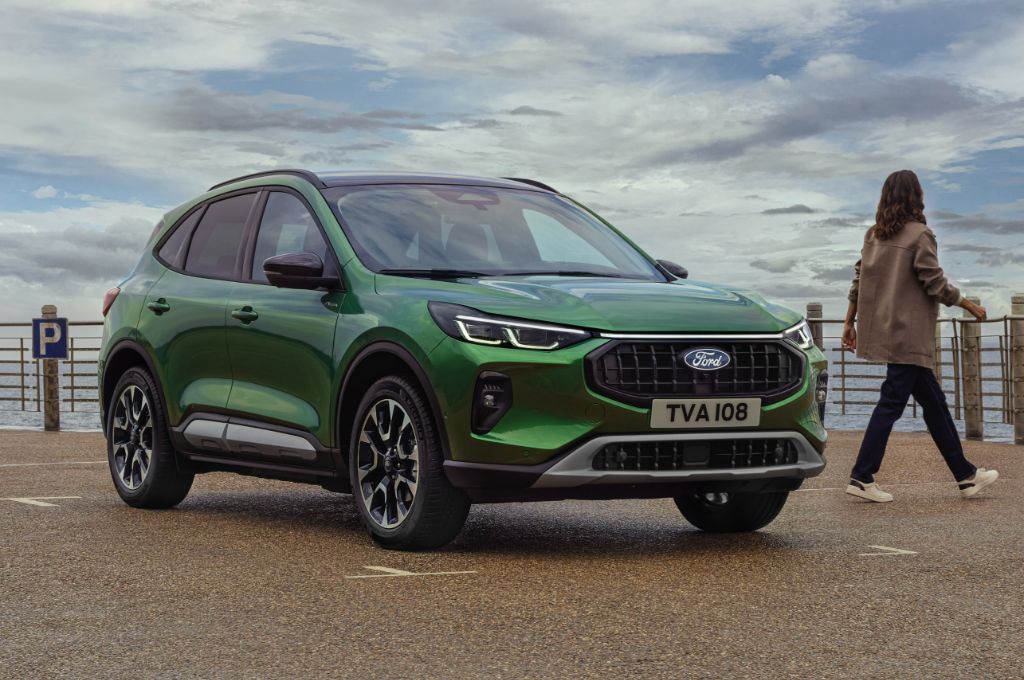








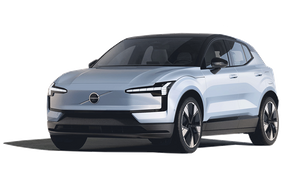


.jpg?width=300&height=185)
